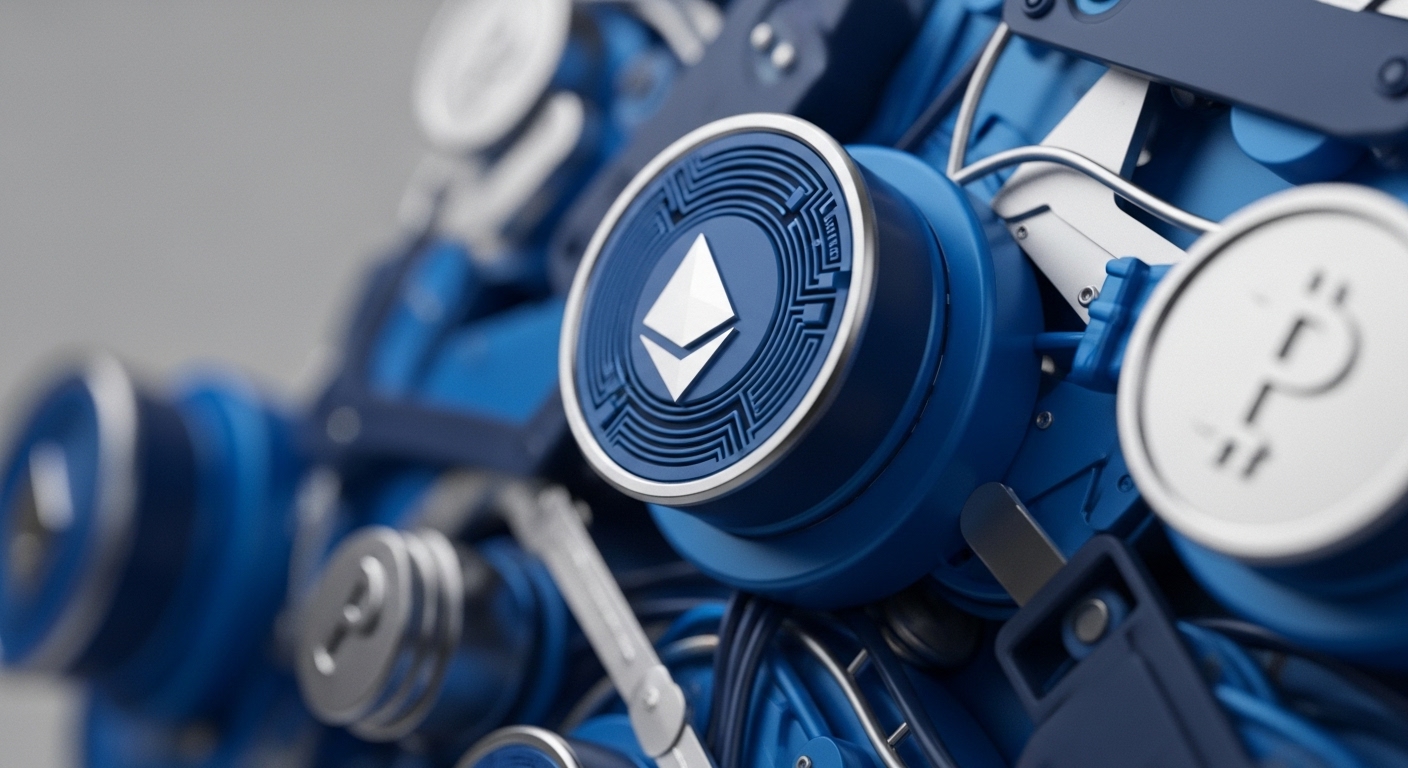
Briefing
Ronin Network, a dedicated gaming blockchain, is demonstrating a significant resurgence within the struggling GameFi sector, primarily driven by the successful mainnet launch of its new title, Angry Dynomites. This event marks a critical inflection point, showcasing how compelling product design can attract substantial user engagement and generate tangible economic activity even amidst a broader market downturn. The network’s weekly revenue from transaction fees has surged over 4,000% from its 2023 low, including a 20% increase in the past week alone, indicating robust and growing user activity.

Context
Prior to this development, the GameFi landscape faced considerable headwinds, experiencing a widespread 60% slump in activity and value. Many crypto games struggled with user retention, often relying on unsustainable token airdrop incentives that quickly dissipated. This resulted in fragmented liquidity, poor long-term engagement, and a general skepticism regarding the viability of blockchain gaming models.
Ronin Network itself had endured a significant challenge, with its Total Value Locked (TVL) plummeting by 95% from its 2022 peak to $72 million following a major security breach and a substantial decline in its flagship game, Axie Infinity’s, daily player count. The prevailing product gap centered on creating genuinely sticky, economically viable gaming experiences that transcended speculative tokenomics.

Analysis
The success of Angry Dynomites fundamentally alters the user incentive structures within the Ronin ecosystem. This game deviates from the common incentive-style launch model, instead leveraging a compounding system where in-game rewards function as tradable tokens. This approach fosters a more intrinsic motivation for gameplay, as users can mine resource-themed tokens and either utilize them for world-building or trade them within the game’s decentralized exchange to progress. This mechanism creates a powerful product loop, enhancing capital efficiency and user retention by embedding value directly into gameplay rather than relying on external, often volatile, token distributions.
The impressive 400,000 testnet users and over 1 million on-chain trades prior to mainnet launch underscore a significant shift in user behavior and a clear competitive advantage over protocols struggling with fleeting engagement. This model demonstrates a path for other protocols to build sustainable digital economies by prioritizing gameplay and integrated value exchange.

Parameters
- Protocol ∞ Ronin Network
- Core Product ∞ Angry Dynomites (GameFi)
- Key Metric ∞ Weekly Transaction Fee Revenue
- Growth ∞ Over 4,000% increase from 2023 low
- Recent Surge ∞ 20% increase in past week
- Testnet Users ∞ ~400,000
- On-chain Trades (Testnet) ∞ >1 million
- Underlying Blockchain ∞ Ronin (EVM-compatible sidechain)

Outlook
The demonstrated success of Angry Dynomites provides a compelling blueprint for future GameFi development on Ronin and potentially across the broader Web3 gaming landscape. This innovation could serve as a foundational building block for other dApps seeking to integrate sustainable in-game economies and move beyond speculative token models. Competitors will likely attempt to replicate this compounding reward system, focusing on integrated decentralized exchanges and intrinsic value generation within gameplay.
The next phase for Ronin will involve scaling this model, attracting more developers to build similar sticky experiences, and further diversifying its game portfolio to solidify its position as a leading gaming blockchain. This strategic pivot towards product-led growth is crucial for long-term ecosystem health.

Verdict
Ronin Network’s strategic pivot with Angry Dynomites validates a product-centric approach to GameFi, demonstrating that deep in-game economies and compelling user experiences are the definitive drivers of sustainable growth and ecosystem resilience in the decentralized application layer.
